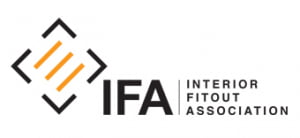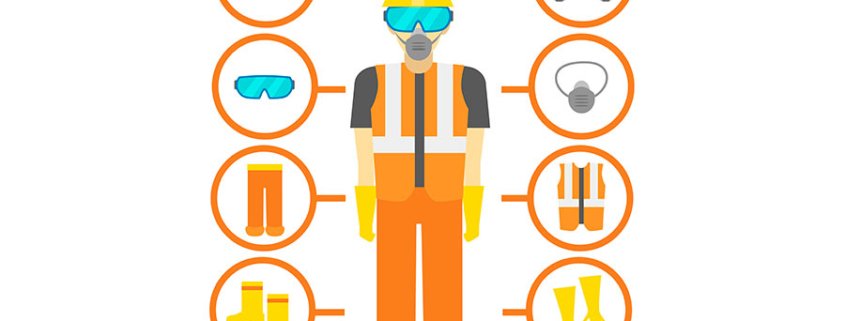PPE – a last resort?
PPE (personal protective equipment) is defined as anything used or work to minimise risk to a worker’s health and safety. It includes many items like boots, ear plugs, hard hats, harnesses, goggles, gloves and more.
But is using PPE the safest way to get a job done and protect workers?
Model WHS regulations require you to work through a hierarchy of controls to manage risk in certain circumstances.
Under this hierarchy, using PPE is ranked as one of the least effective safety control measures, with a Level 3 rating. Level 3 control measures do not control the hazard at the source. They rely on human behaviour and supervision and when used on their own tend to be the least effective in minimising risks. Workplaces must not rely on PPE to satisfy their hazard control requirements.
What does this mean for you and your workers?
PPE should only be used:
- as a last resort
- as an interim measure
- as a back-up.
It is best used as a supplement to higher-level control measures or when no other safety measures are available. Before relying only on PPE, you must do a risk assessment to determine if other controls could be used more effectively.
If you are unable to put better control measures in place, PPE may be used as an interim or last resort measure to address a safety issue. When used, it must be:
- suitable for the nature of the work or hazard
- a suitable size and fit for the individual who is required to use it and that it is reasonably comfortable
- maintained, repaired or replaced, including keeping it clean and hygienic, and in good working order
- used or worn by the worker, so far as is reasonably practical.
As an employer, or PCBU, you must:
- consult with your workers when selecting PPE
- ensure, as far as is reasonably practicable, that the PPE is used or worn by the worker
- provide workers with information and instruction in the proper use and wearing of PPE, its storage and maintenance.
Workers also have responsibilities when PPE is used in the workplace. When provided with PPE by an employer or PCBU, workers must:
- use or wear the PPE in accordance with any information, training or reasonable instruction provided by the PCBU, so far as they are reasonably able
- not intentionally misuse or damage the PPE
- inform the business of any damage, defect or need to clean or decontaminate any of the PPE if they become aware of it
- consult their manager if the PPE is uncomfortable, does not fit properly or the worker has an adverse reaction using it.
If PPE is required on a work site, the PCBU is responsible for providing it to workers, free of charge. Under some circumstances, the payment for PPE can be negotiated e.g. whether the equipment can be generally used outside work (sunglasses, boots etc), a requirement for a personal fit, as well as relevant industry awards or enterprise agreements.
Regardless of who pays for the PPE, workers must be provided with enough information, training and instruction on when and how to use it.
When selecting PPE for different work tasks, you must:
- match the PPE to the hazard – work tasks may expose workers to more than one hazard e.g. welders may need protection from welding gases, as well as ultraviolet radiation, hot metal and sparks,
- consider how the work is to be carried out and the level of risk to the worker e.g. a more protective respirator may be needed in high air contamination areas.
- make sure PPE that is to be worn at the same time can be used together.
It’s important to get PPE right for each job, but it’s equally important to look at the work environment as well.
You should consider the impacts of a hot and humid work environment, or if you’re working with hazardous chemicals or biological substances, think about how the substance could enter the body i.e. can it be absorbed through the lungs and skin.
Always choose PPE that meets current Australian Standards and make sure the PPE isn’t giving rise to any other issues. PPE can restrict visibility and mobility, some workers may suffer allergic reactions, it can hinder a worker’s national cooling mechanisms or exacerbate other health issues.
Monitor workers using PPE to ensure it is being worn and stored correctly. While this can be time consuming, as a PCBU you are under legislative obligation to do so, so far as is reasonably practicable.
While the use of PPE is not necessarily the best way to manage a work health and safety risk, when it is used correctly and is fit for purpose, it can be a very effective one.
For more information on managing risks, implementing control measures and using PPE, contact your state’s work health and safety regulator.




Leave a Reply
Want to join the discussion?Feel free to contribute!